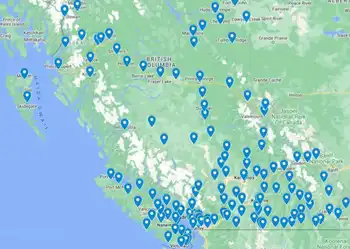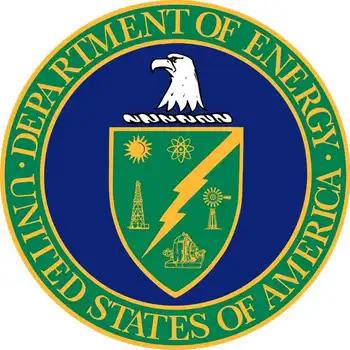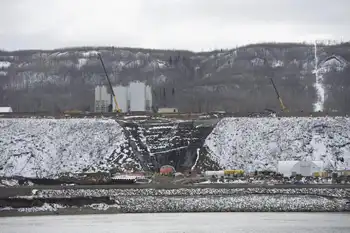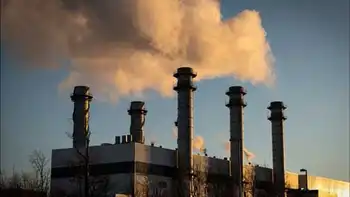Newfoundland, Nova Scotia ink energy deal
By Government of Newfoundland & Labrador
Substation Relay Protection Training
Our customized live online or in‑person group training can be delivered to your staff at your location.

- Live Online
- 12 hours Instructor-led
- Group Training Available
The agreements were signed in St. John's today by the Honourable Jerome Kennedy, Minister of Natural Resources the Honourable Charlie Parker, Nova Scotia Minister of Energy Ed Martin, President and CEO of Nalcor Energy and, Chris Huskilson, President and CEO, Emera Inc.
“Today’s signing represents a major step forward for Newfoundland and Labrador, and is another important milestone as we move closer towards a decision on sanctioning of the project,” said the Honourable Jerome Kennedy, Minister of Natural Resources. “Muskrat Falls will deliver least-cost renewable power and stabilize rates, support economic development, and provide power to mining companies in Labrador. It will also provide long-term revenue through the export of electricity and reduce dependence on fossil fuels, along with economic and employment benefits for the province, the region, and the rest of the country.
“The Maritime Link will allow us to access the Maritime and New England markets and thereby gaining a fair and competitive price for our clean, renewable power. It will also facilitate the development of our province’s energy warehouse. Today’s agreements guarantee the successful responsible development of our province’s hydroelectric resources in a manner that provides maximum benefit to the people of Newfoundland and Labrador.”
“By developing Lower Churchill and connecting it to wider markets, we are creating good jobs, growing the Atlantic economy and ensuring a cleaner energy future for ourselves, our children and grandchildren,” said Nova Scotia Minister of Energy Charlie Parker. “This development is an important component in ensuring Nova Scotia meets federal coal reduction regulations, as well as our province's greenhouse gas emission targets. Perhaps most importantly though, it will help stabilize electricity rates for Nova Scotians and their families. This is indeed a game-changing opportunity for the Atlantic region, and part of the approach that makes Canada an energy superpower.”
Nalcor and Emera have formalized 13 agreements spanning 50 years related to the development of Muskrat Falls, the Labrador-Island Transmission Link, and the Maritime Link.
The purpose of the agreements, which reflect the Term Sheet, is to formalize the transactions agreed to by the parties. Six of the agreements reflect the commitment by Emera to develop the Maritime Link connecting Newfoundland and Labrador and Nova Scotia, and to provide transmission rights in Nova Scotia.
Four agreements relate to transmission rights for Nalcor in the Maritimes and New England as a result of EmeraÂ’s investment in the Labrador-Island Link, which will span from Muskrat Falls, across the Strait of Belle Isle, to Soldiers Pond on the Avalon Peninsula. Three related agreements were also completed.
“The agreements signed today reflect the strong partnership between Nalcor and Emera, and the commitment by both companies to ensure a quality result for everyone involved,” said Ed Martin, President and CEO of Nalcor Energy. “We took the time necessary to get it right, and I’m proud to say that [now] we have 13 comprehensive, sound agreements that will stand the test of time.”
“Emera is fully engaged in helping transform Atlantic Canada into an energy powerhouse with an electricity system that is more robust, flexible and better connected,” stated Chris Huskilson, President and CEO, Emera Inc. “Today’s announcement sets the stage for the development of a new source and route for clean, renewable and reliable energy that will help stabilize energy costs, improve the environment and provide economic benefits for the entire region.”
Additional information about the formal agreements signed between Nalcor and Emera are available in the backgrounder. Media will be notified once the final agreements are posted online.
A signing ceremony was held in Sydney, Nova Scotia at the end of July.











